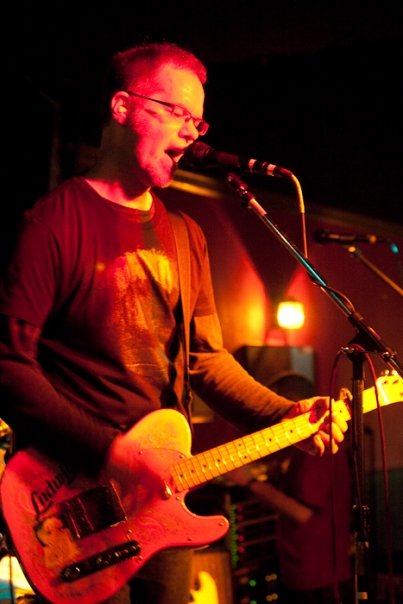I'm ready
I'm ready for the laughing gas
I'm ready
I'm ready for what's next
I'm ready for the laughing gas
I'm ready
I'm ready for what's next
--U2, "Zoo Station"
My friend Rod is a Buddhist who runs a web site called The Worst Horse. It deals with the intersection where pop-culture and Buddhism meet. It’s a very cool site, very much worth some of your time each day.
Rod explains the idea of The Worst Horse, which comes from Shunryu Suzuki’s Zen Mind, Beginner's Mind:
[Suzuki Roshi writes,] "The best horse will run slow and fast, right and left, at the driver's will, before it sees the shadow of the whip; the second best will run as well as the first one does, just before the whip reaches its skin; the third one will run when it feels pain on its body; the fourth will run after the pain penetrates to the marrow of its bones. You can imagine how difficult it is for the fourth one to learn how to run!"
Suzuki Roshi goes on to say that, when it comes to Buddhist practice, it may not be such a bad thing to be "the worst horse." After all, the best horses have the least to gain: they're already the best. The so-called worst horses, on the other hand, will undergo the most transformation, the most improvement, if they stick with it: "In your very imperfections you will find the basis for your firm, way-seeking mind… So I think that sometimes the best horse may be the worst horse, and the worst horse can be the best one."
Rod continues, “Buddhism emphasizes that there's only NOW, that the way to more complete living is to earnestly face our reality.” It’s a point our Bikram teachers make in their own way. Let go of what just happened. Don’t look to what’s ahead. Just perform the task in front of you. Your breath and this moment are all you have.
When I started Bikram Yoga 18 months ago, I was usually the worst horse in class. In Standing Head to Knee, I would reach down, briefly grab my foot, hopscotch a bit, lose my balance and have to start over again. In those early days, the idea of keeping the standing leg locked, much less kicking out my free leg, seemed like a fantasy more than a goal that I could realistically attain.
This is where I'm at most days. Courtesy Bikram Yoga Portsmouth.
But as I moved into my practice, listened to my teachers and concentrated on the now, I found myself less and less thinking about that. It wasn’t important that I kick my leg out, or that I get my standing leg locked. It was important to simply try and do the thing in front of me, whatever it was—not to do the posture, but the first piece of the posture. Then the second, and so on. To worry about locking my leg before I had a grip on my foot was to remove myself from the moment and place myself in the future.
Beyond allowing me to concentrate on what I needed to do right then, being in the now meant letting go of the frustration of what I wasn’t yet able to do. It meant letting going of the elation of what I just accomplished. That’s over; there’s no time to exult in it. There’s another moment in front of me right now.
I don't mean to talk smack on Bikram, but this is how it's really done.
I also had to try and let go of expectations. I expected a linear progression in my practice: if I go to class three days in a row, I should be better on the third day than I was on the first day. But learning often doesn’t yield a steady improvement. It can be a series of fits and starts. Lessons may take days, weeks, months, even years to stick. The thing you did well yesterday may be a weakness today, and vice versa.
There have been days in Standing Head to Knee where I could not only lock the standing knee, but kick out out my other leg for a few brief moments; and there have been days when the only battle I could fight was to stay balanced for a few seconds. Some days I'm the worst horse; some days I'm better than that; some days I'm closer to being a good horse than I ever thought I'd be. But when I leave the room, I hit the reset button. I'm just another horse, not best, not worst, not middling.
I enter the hot room as free of expectation, as empty of thought as possible, ready to hear the next instruction, to do the next thing in front of me. I try to bring that state of mind out of my practice and into the world, where I don’t have a teacher’s voice in my ear. I try to wait. I try to see the thing in front of me, not what it was the moment before, not what I hope it will be after. I try to do whatever is next.

Thoroughly enjoying your posts of the 30 day challenge so far! I love hearing about how other yogis utterly love and simultaneously hate (not the right word, but close enough!) this practice all at the same time.
ReplyDeleteI've practiced on and off for about 18 months and completed my first 30 day challenge in September. I love what this practice does to my body and I'm starting to see changes in my headspace too.
Right, I'm off to read the rest :oD